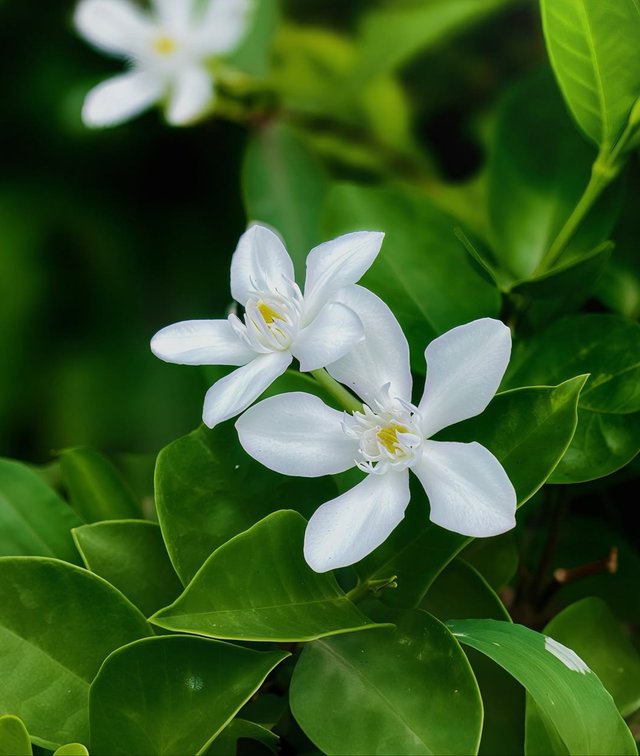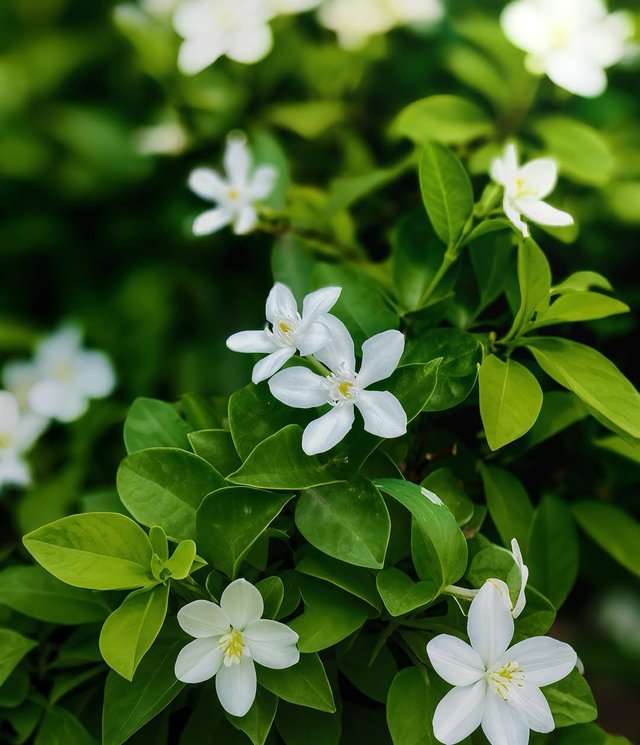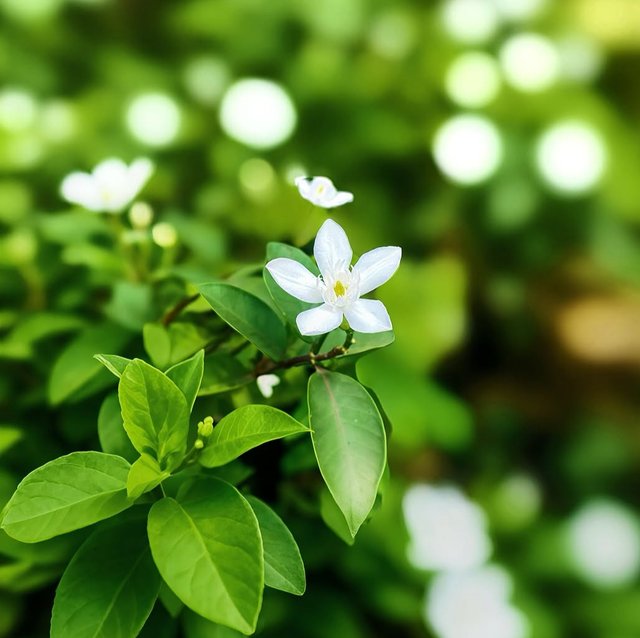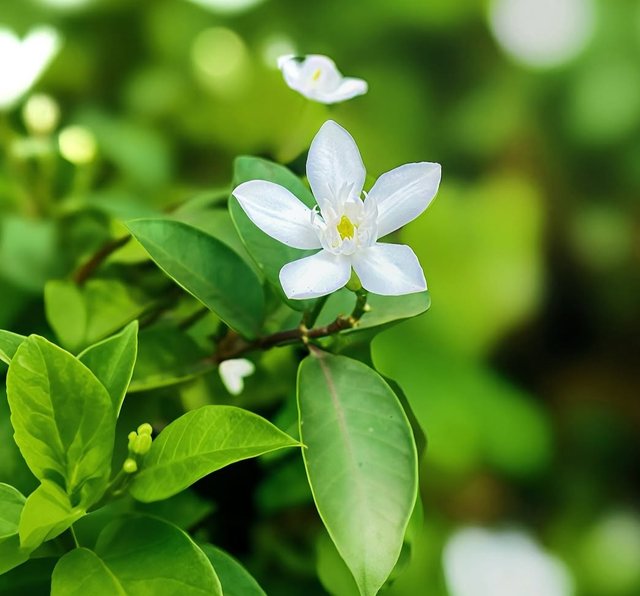White Colour Wrightia Antidysenterica Flower
Wrightia antidysenterica, also known as the Snowflake plant, Milky way, or Sweet Indrajao, is a charming evergreen shrub that has captured the attention of gardeners, herbalists, and nature enthusiasts alike. This plant, belonging to the Apocynaceae family, is admired not only for its ornamental appeal but also for its medicinal significance in traditional healing systems.
Botanical Overview
Scientific name: Wrightia antidysenterica
Common names: Snowflake, Milky way, Sweet Indrajao, Coral swirl
Family: Apocynaceae
Native range: Found across India, Sri Lanka, and Southeast Asia
Growth habit: A small shrub that typically grows 1–2 meters tall
The plant thrives in warm tropical climates and is often cultivated in gardens, courtyards, and parks due to its ability to bloom throughout the year. Its small, star-shaped, pure white flowers resemble delicate snowflakes, which is how it earned the name "Snowflake plant."
Appearance and Characteristics Leaves: The leaves are simple, opposite, and deep green, providing a perfect backdrop for the bright white blossoms.
Flowers: The plant produces an abundance of five-petaled, white, fragrant flowers, which are highly attractive to pollinators like bees and butterflies.
Fruit/Seeds: It develops slender seed pods that contain seeds with silky hairs, aiding wind dispersal.
Because of its year-round flowering, Wrightia antidysenterica is a popular choice for hedges, borders, and ornamental displays.
Medicinal Value
The name antidysenterica highlights one of its most significant uses—treating dysentery and other intestinal issues. In traditional medicine, various parts of the plant have been utilized for centuries.
Leaves and Bark: Used in Ayurvedic and folk medicine for their antimicrobial and anti-inflammatory properties.
Traditional Uses:Relief from stomach ailments, especially dysentery and diarrhea.
Treatment of skin diseases like eczema and psoriasis.
Applied to wounds for faster healing.
Used in herbal remedies to balance the digestive system.
Recent studies have indicated that extracts from this plant may possess antibacterial, antifungal, and antioxidant qualities, making it a subject of growing scientific interest.




